Beringer Wine Production Process: Crafting Excellence in Napa Valley
For over 144 years, Beringer Vineyards has shaped the wine world from its home in Napa Valley. Founded in 1876 by brothers Jacob and Frederick Beringer, this winery blends tradition with innovation. In this article, we’ll walk through the Beringer wine production process and uncover what makes it stand out among wine brands.
The Beringer story starts in 1868 when Jacob left Germany for America. Drawn by tales of Napa Valley’s rich soil, he arrived in California and worked for Charles Krug, a winemaking pioneer. By 1875, Jacob and Frederick bought 215 acres in St. Helena. Their first harvest in 1876 produced 40,000 gallons of wine, launching a legacy.
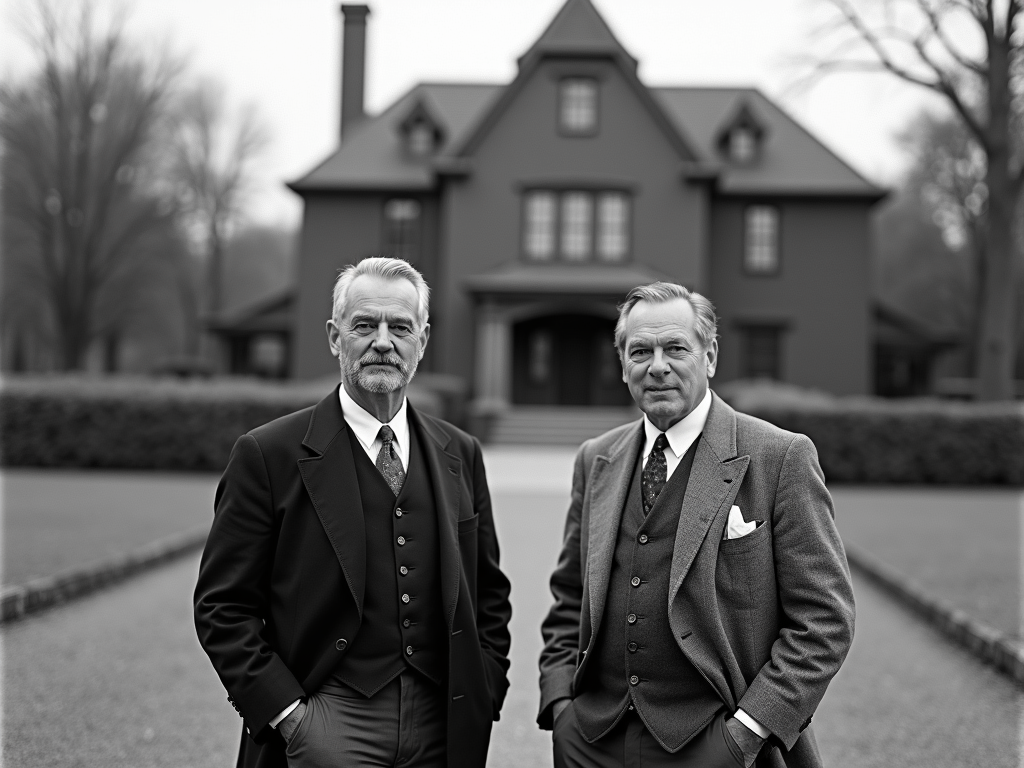
What sets Beringer apart is its hands-on approach to every step of the winemaking process. Jacob built a stone cellar and hired workers to dig 1,000 feet of tunnels for aging wine. These tunnels, still used today, keep the temperature and humidity just right, ensuring every bottle ages perfectly.
The Beringer wine production process starts with picking the right grapes. Napa Valley’s unique climate and soil guide the choice of varieties like Cabernet Sauvignon and Chardonnay. The winery’s viticulturists—experts in grape growing—team up with winemakers to harvest grapes at their peak, locking in bold flavors.
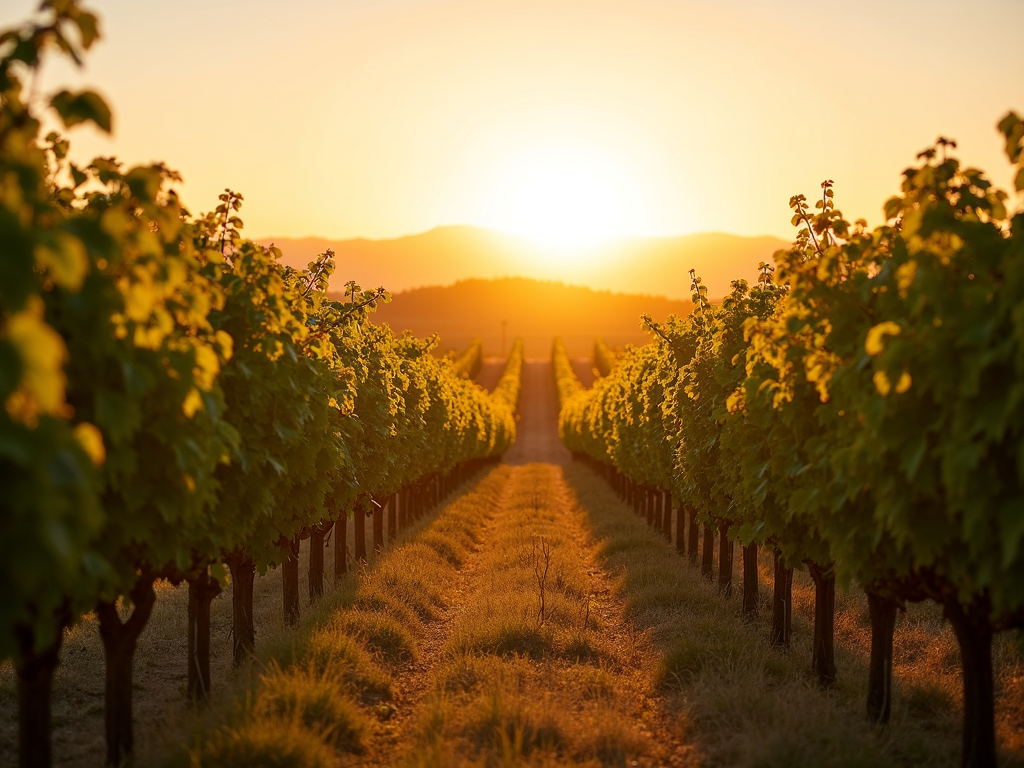
After harvest, the grapes head to the winery. Here, they’re crushed to release juice, kicking off fermentation. Beringer mixes old-school methods with new tech to get it just right. The winemakers watch closely, balancing acidity and tannins to create wines that taste smooth and rich.
Next comes aging. Some wines rest in oak barrels for a woody depth, while others mature in steel tanks for a crisp finish. Those historic tunnels play a big role, keeping conditions steady. This slow aging process is why Beringer wines have such a refined taste.
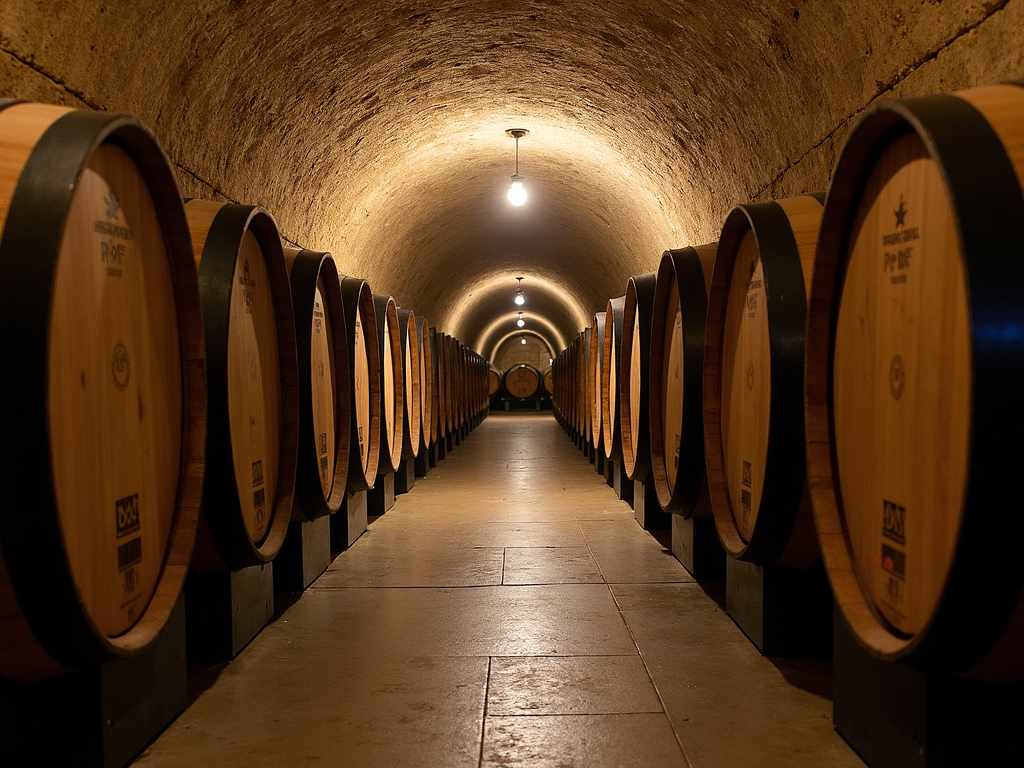
The people behind Beringer make a huge difference. Winemakers like Laurie Hook bring years of skill to the table. They taste and tweak every batch, ensuring it meets Beringer’s high standards. It’s this passion that turns good grapes into great wine.
Beringer also cares about the planet. They use solar power and save water to keep their footprint small. Sustainable farming keeps the vineyards healthy for years to come. It’s a balance of making great wine today while protecting tomorrow.
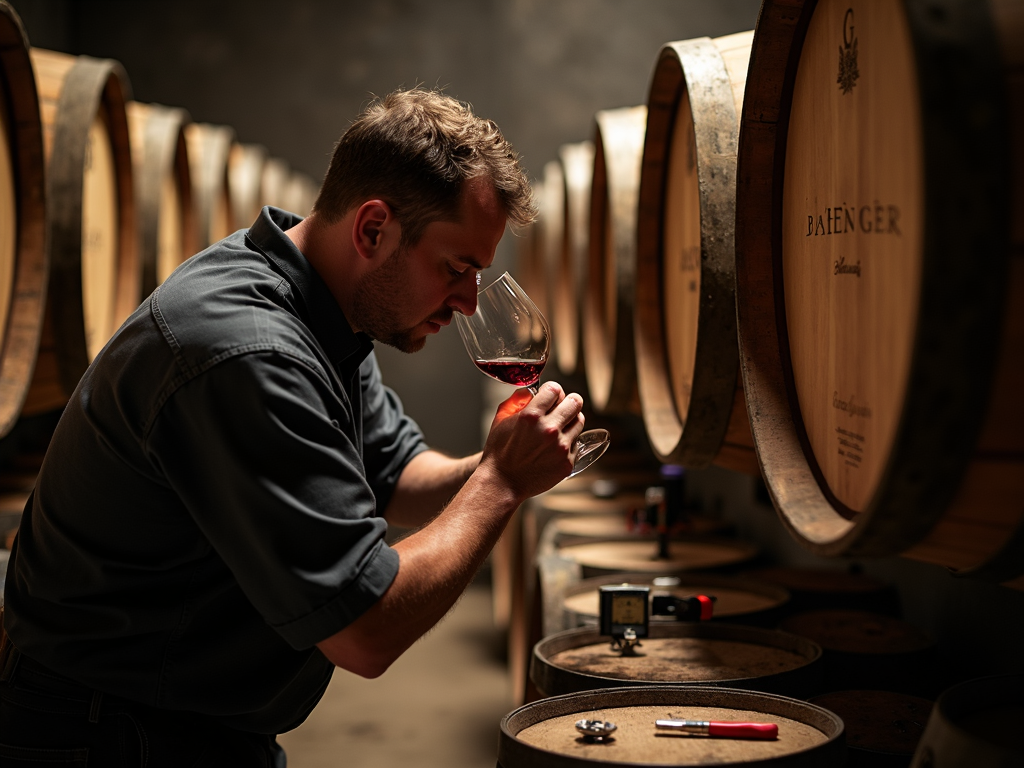
Here’s a quick look at the process in action:
- Grape Selection: Pick varieties suited to Napa’s terroir.
- Harvest: Gather grapes at peak ripeness.
- Crushing: Extract juice for fermentation.
- Fermentation: Turn juice into wine with care.
- Aging: Mature wine in barrels or tanks.
- Bottling: Package the finished product.
Each step builds on the last, creating a wine that’s uniquely Beringer.
I’ve visited Napa Valley and seen how Beringer stands out. The air smells of grapes and oak, and the team’s pride is contagious. Tasting a glass of their Cabernet, you feel the history in every sip. It’s not just wine—it’s a story of hard work and love for the craft.
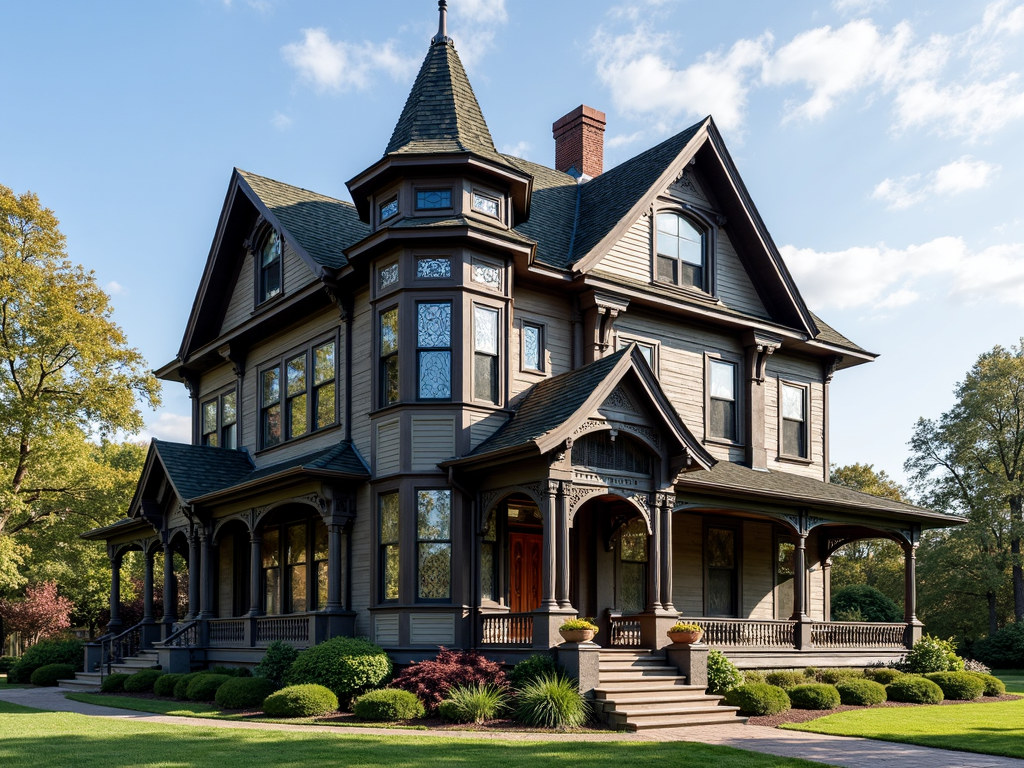
Beringer’s process has earned it a top spot among wine brands. Research from UC Davis shows Napa Valley’s climate is ideal for premium wines, and Beringer maximizes this advantage. Their focus on quality has won awards and loyal fans worldwide.
In short, the Beringer wine production process blends tradition, skill, and care for the earth. From Jacob and Frederick’s first harvest to today’s award-winning bottles, Beringer proves excellence lasts. Curious to learn more? Check out the readings below for deeper insights.